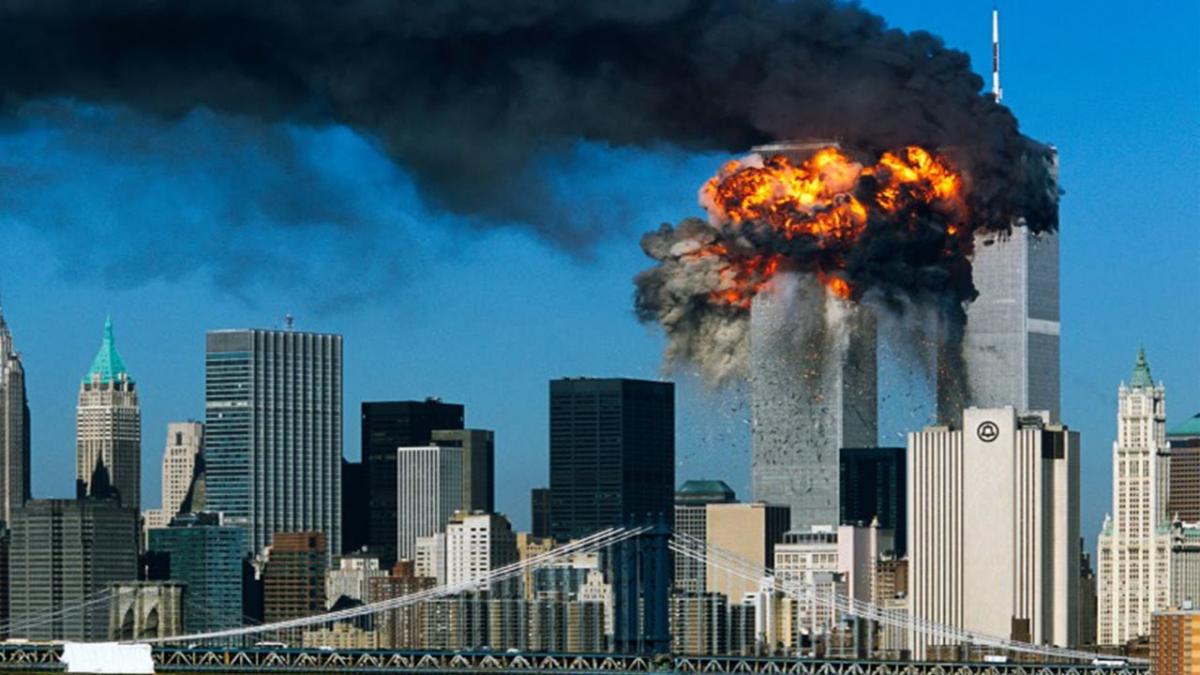The simple reason in the Indian context why madrasas are not knee deep in terror is because they just do not have the capacity to do so. The sophistication that is required for arms training and the knowledge that accompanies such training simply eludes a madrasa graduate.

The recent data released by the National Investigating Agency (NIA) regarding cases of terrorism in 2016 took the national media by surprise. One of the ‘surprising’ elements that came out of the NIA briefing was the only about 20% madrasa graduates had been found to be involved in terror related cases. The majority of Muslim youth who are implicated in terror cases by the NIA are graduates of regular colleges, some even having engineering degrees. But why is it surprising at all. It fits the pattern of overall association of modern educated Muslims and their fascination for aligning with terrorism.
In majority of the cases of terror related activities, university and college educated Muslim youth far outnumber madrasa graduates. After all, Osama was not a madrasa graduate, neither were Muhammad Atta and others who made 9/11 a possibility.
While this must come as a huge relief to madrasas who are always under the scanner of intelligence agencies and have been accused of being involved in promoting terror, it should not be made out that nothing is wrong is with these madrasas. But we will come to that later.
The traditional focus on madrasas as a site of jihadi extremism should thus be jettisoned in favour a broader focus on the lure of Islamism, the existing pedagogical practices within Islam and the Muslim-Kafir dichotomous worldview which many readings of Islam today provide.
The simple reason in the Indian context why madrasas are not knee deep in terror is because they just do not have the capacity to do so. The sophistication that is required for arms training and the knowledge that accompanies such training simply eludes a madrasa graduate.
Within their madrasas they are too engrossed in literal textual hair splitting and in repeating a knowledge system which has absolutely no relationship with the present world. When an average madrasa graduate in India cannot locate USA on the world map, then it is too much to expect from him to be involved in the obliteration of America. When average madrasa graduate is taught that it is the Shia and the Ahmadias who are the enemies of Islam, then it is natural that their energy will be channelized in countering them rather than thinking about waging jihad against the Hindus.
When an average Barelwi madrasa student is too busy learning that Deobandis are spreading kufr, then there is no way he can be planning in terms of destroying India. The simple argument therefore is that madrasas do not have the time to think of Christians or Hindus to paint them as the enemy. They are too busy and consumed by the internal enemies of Islam, that countering them becomes the first priority. It is therefore not a surprise that madrasas are not in any position to produce graduates who would be willing to wage a jihad against India.
The more troubling part of course that came out in the NIA brief was the involvement of AhleHadis in terror related activities in India. Now it will be a long shot to call the AhleHadis a terrorist organization but there will be some questions asked if this pattern continues that members of AhleHadis are found to be involved in such activities. Similar allegations have been thrown at them in the context of Kashmir militancy. In the valley it is not just acts of terror but also their involvement in the anti-Sufi tirade has long been commented on. It is time perhaps that the AhleHadis in India comes out with a categorical statement making its stand clear in relation to Islamic terrorism in India.
But perhaps the most surprising part of the NIA brief was the involvement of TablighiJamaat. Owing allegiance to Deoband, the Tablighi Jamaat has been understood as a movement of piety which shuns violence. Its parent body, the Deoband, has denounced terrorism in categorical terms. Some policy pundits have gone to the extent of calling the TablighJamaat as the role model for Muslims across the globe to follow. So what has gone wrong with this quietist movement? The answers will always be complex and of course a lot will depend upon the individual biographies of members who are involved in such activities. But what can be said is that no one is immune from the murderous charms of Islamism. And denouncing terrorism does not mean that one has denounced the worldview which gives rise to such acts in the first place.
The fact the no Barelwis where found to be involved in such activities should also be taken with a pinch of salt. Just because so far there has been no involvement of the Barelwis so far does not mean that concepts like jihad, kufr and kafir have become redundant for them. Before the liberal camp starts celebrating this face of moderate Islam, they will do well to remember that the killer of Salman Taseer was a Barelwi and that till his eventual hanging, he was utterly convinced that killing the infidel Taseer was a divine Islamic commandment.
The traditional focus on madrasas as a site of jihadi extremism should thus be jettisoned in favour a broader focus on the lure of Islamism, the existing pedagogical practices within Islam and the Muslim-Kafir dichotomous worldview which many readings of Islam today provide.
(Arshad Alam is a NewAgeIslam.com columnist)
This article was first published on New Age Islam.